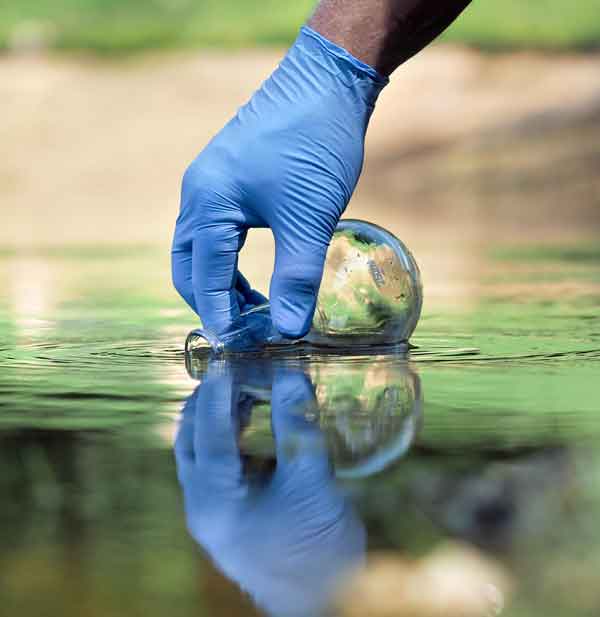Call Us Today and Let’s Start Working Together On Your Project.
Asbestos & Lead Assessments that minimize risk and put clients in control.
Central Waste Services, Inc.’s highly experienced Asbestos and Lead Consulting Division has the necessary experience, credentials and insurance to ensure that projects of any size are performed safely, legally and cost-effectively.
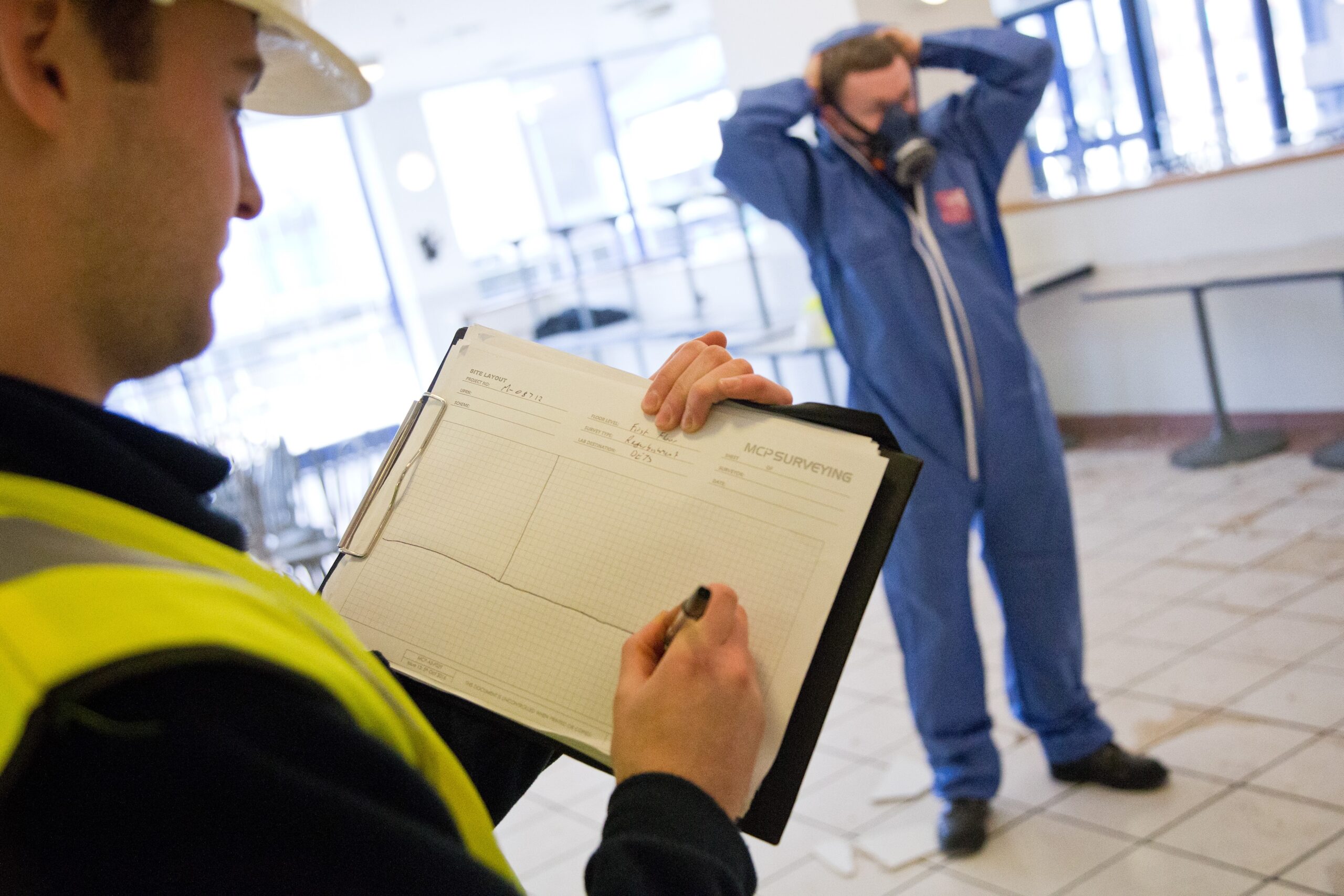
Asbestos & Lead Surveys
Central Waste Services provides clients with comprehensive Operations and Maintenance Programs and Training to manage facility related asbestos and lead issues. These services enable facility operators to manage these materials safely in place.
If renovation, demolition or maintenance work is driving asbestos or lead abatement activity, Central Waste Services can design the project, solicit competitive bids from qualified contractors and manage the project to reduce liability and save client costs.
Central Waste Services continues to develop customized programs for the identification and management of environmental issues. We standardize program implementation to ensure consistency for companies that have multiple locations
Asbestos & Lead Consulting Services include:
Turnkey Environmental Remediation Services.
Building Inspections to identify and quantify materials.
Project Designs and Specifications for Abatement.
- Operations & Maintenance Programs.
- Accredited Training Center and Services needed to comply with applicable EPA and OSHA regulations.
- In-House, AIHA/PAT Laboratory for air sampling & air monitoring analysis.
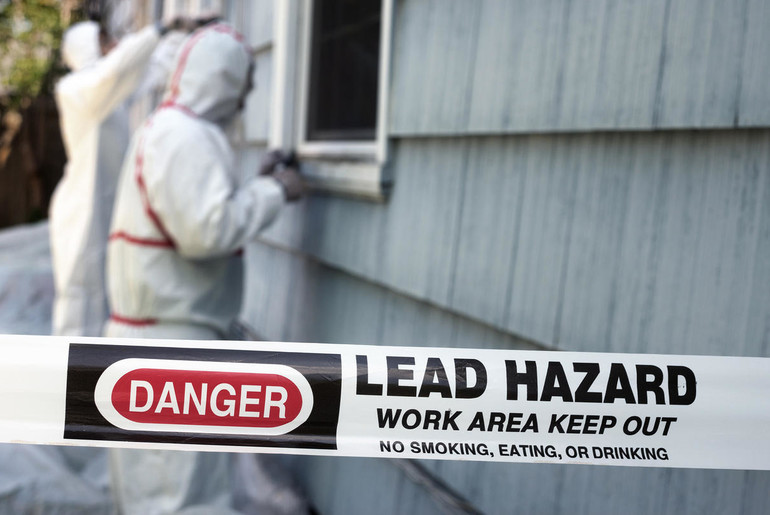
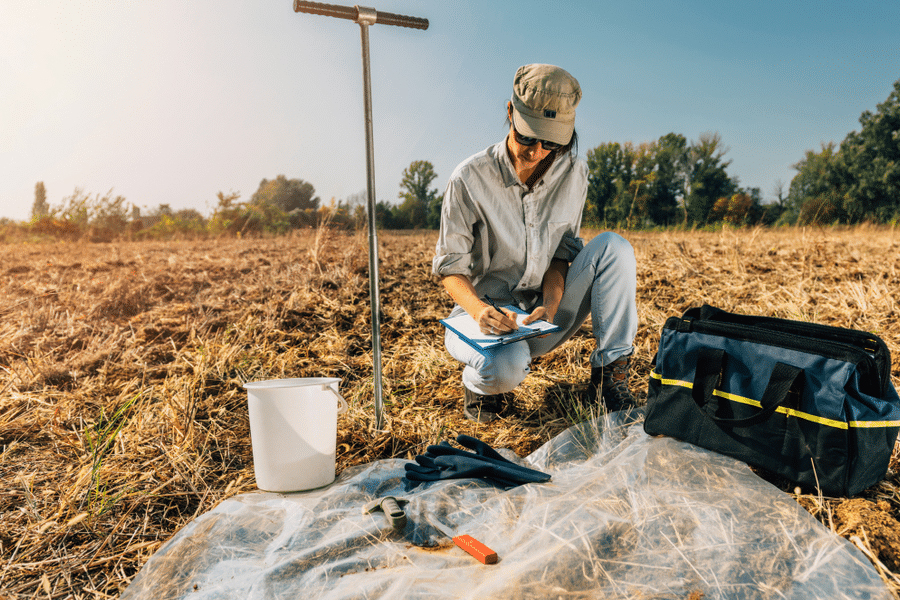
Phase I Environmental Site Assessments
Phase I Environmental Site Assessments, commonly referred to as Environmental Site Assessments, are often conducted for real estate property transactions, lending, and re-financing situations. Phase I Environmental Site Assessments are conducted to aid in significant business and risk management decisions associated with commercial real estate. The purpose of a Phase I Environmental Site Assessment is to assess a property for potential environmental liabilities based on current and previous property uses, review of environmental records, and a property site inspection. Sampling of building materials or subsurface sampling is not typically included with the standard scope of a Phase I Environmental Site Assessment.
Phase II Subsurface Site Investigations
A Phase II Subsurface Site Investigation, commonly referred to as a Phase II, is often conducted after the completion of a Phase I Environmental Site Assessment (ESA) to confirm the environmental liabilities or suspect findings identified during the Phase I ESA process. Phase II Subsurface Site Investigations aid in significant business and risk management decisions associated with commercial real estate transactions, lending, and re-financing. Phase II Subsurface Site Investigations confirm whether environmental impact is present on a property through the sampling and laboratory analysis of soil and/or groundwater.
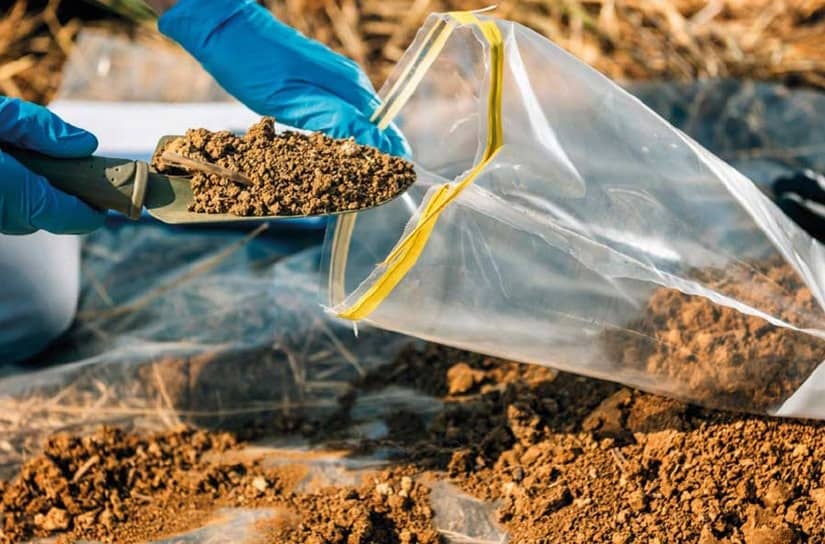
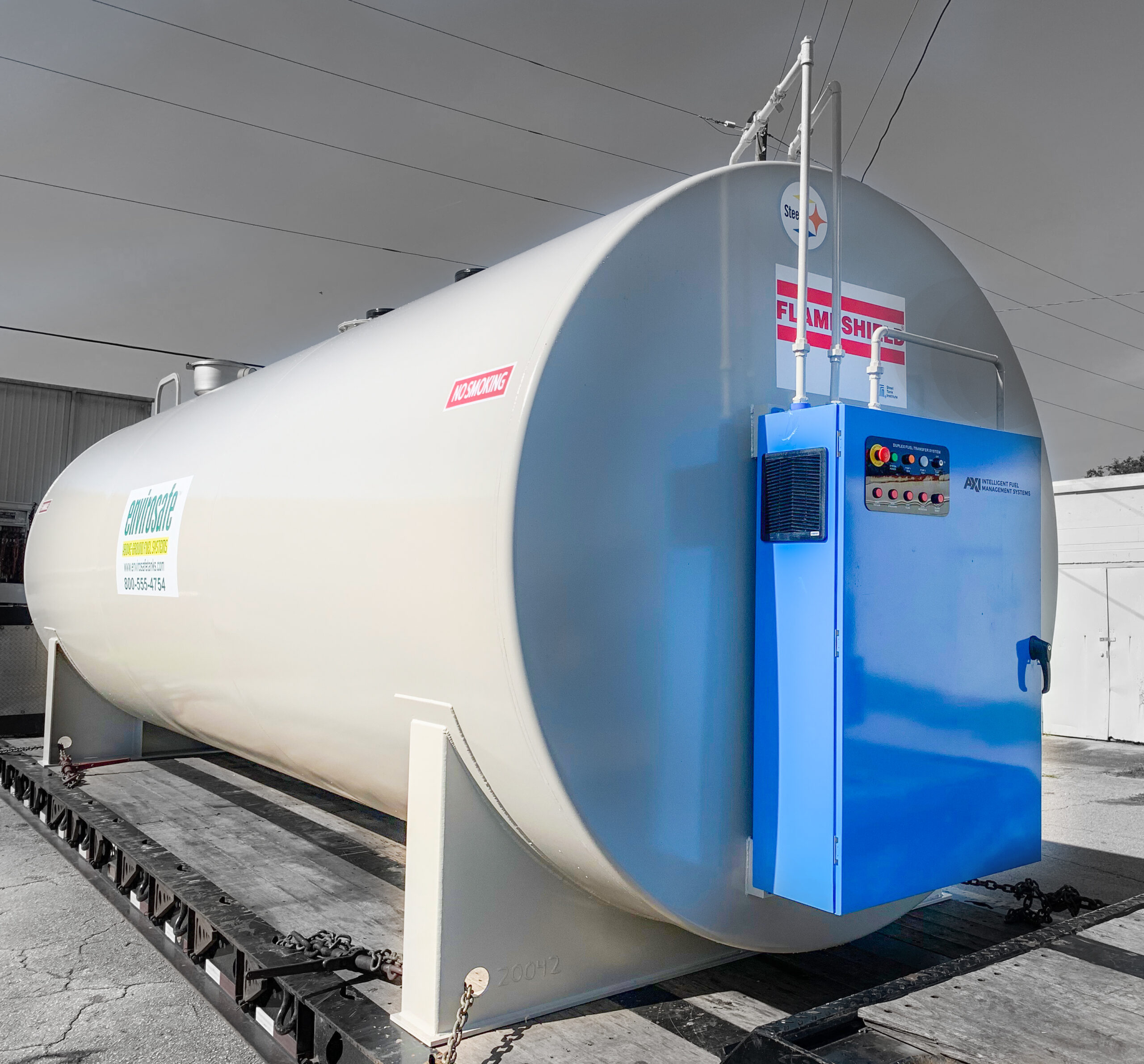
Underground Storage Tanks
Central Waste Services offers technical expertise associated with UST requirements and regulations and has successfully managed the closure of USTs through the Office of the State Fire Marshall (OSFM) removal or abandonment-in-place process. Central Waste Services also offers environmental consulting services pertaining to leaking USTs and has successfully managed remediation of leaking UST sites under the IEPA’s Leaking Underground Storage Tank (LUST) Program. The LUST Program oversees remedial activities associated with a petroleum release from a UST system.
Once the site has met its remediation objectives and requirements, the IEPA issues a No Further Remediation Letter (NFR) for the leaking UST incident. The NFR letter is signifies that remedial objectives and regulatory requirements have been satisfied.
Contact us for further information on how we can assist with your underground storage tank system needs.
.
Water Quality Sampling
Have you ever wondered about the quality of your drinking water? The US Environmental Protection Agency’s Safe Drinking Water Act (SDWA) established health and safety standards for public water systems. The EPA regulates various contaminants in public drinking water supplies by establishing maximum contaminant levels, which are the highest level of a contaminant that is allowed in drinking water, via the National Primary Drinking Water Regulations, also known as Primary Standards. The EPA also established the National Secondary Drinking Water Regulations, also known as Secondary Standards, which are non-enforceable guidelines regulating contaminants that may cause cosmetic effects (skin or tooth discoloration), aesthetic effects (undesirable taste, odor, or color), and technical effects (damage to water equipment or reduced effectiveness of treatment for other contaminants) in drinking water.
Central Waste Services offers technical guidance for regulated and unregulated contaminants found in drinking water. Central Waste Services provides drinking water quality testing services and comparative analysis to EPA’s Primary and Secondary Drinking Water Standards. Contact us for further information on how we can assist with your water quality needs.
